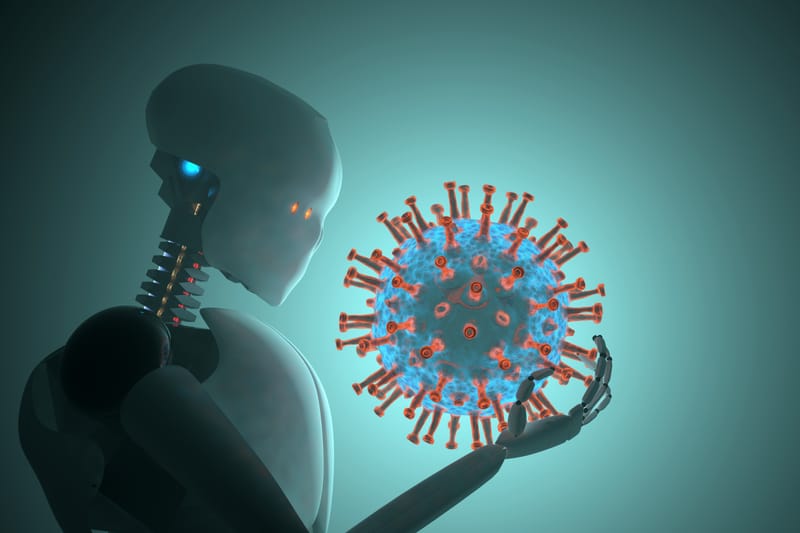Artificial Intelligence Generates Promising Candidates for Antibiotic-Resistant Bacteria Treatment

April 14, 2024
With the global toll of nearly 5 million deaths annually attributed to antibiotic resistance, there is an urgent demand for innovative strategies to combat resilient bacterial strains. Addressing this pressing issue, researchers from Stanford Medicine and McMaster University have turned to generative artificial intelligence for solutions. Their groundbreaking model, SyntheMol, has devised structures and chemical formulations for six prospective drugs targeting the eradication of resistant strains of Acinetobacter baumannii, a prominent contributor to antibacterial resistance-related mortality.
The team's breakthrough findings, detailing the model's capabilities and the experimental validation of these novel compounds, were published on March 22 in the journal Nature Machine Intelligence.
James Zou, PhD, an associate professor of biomedical data science and co-senior author of the study, emphasized the imperative of swiftly developing new antibiotics. The research hypothesis posited that a vast reservoir of potential molecules with therapeutic efficacy remains untapped. Leveraging artificial intelligence, the goal was to design entirely novel molecules, hitherto unseen in nature, with the potential for antibacterial activity.
Prior to the advent of generative AI, akin to the technology underpinning large language models like ChatGPT, researchers employed diverse computational strategies in antibiotic development. These approaches involved algorithms sifting through existing drug repositories to identify compounds with potential pathogen-fighting properties. While this method, scouring through 100 million known compounds, yielded some results, it only scratched the surface in uncovering the full spectrum of chemical entities possessing antibacterial attributes.
SOURCE: https://med.stanford.edu/news/all-news/2024/03/ai-drug-development.html
CREDITS: STANFORD MEDICINE